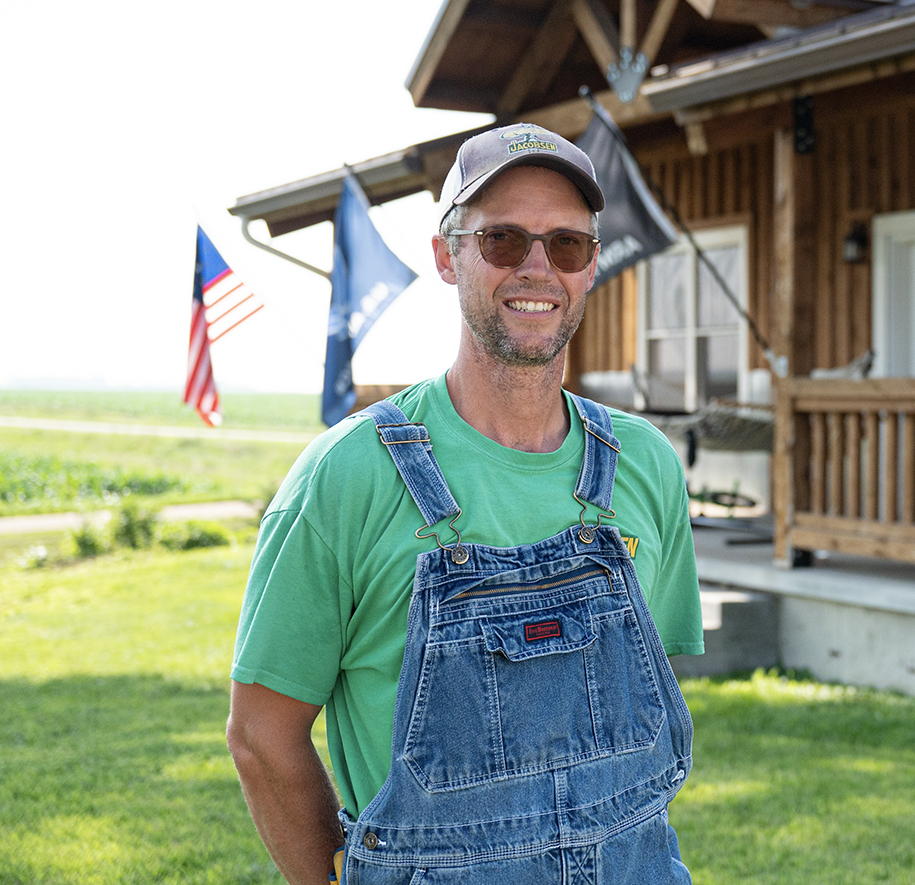Considerations When Adopting a New Tillage Strategy
Soil Type and Conditions – Assess soil texture, drainage, and compaction levels. For example, heavy clay soils may require additional management to prevent compaction under no-till systems. High traffic or poorly drained areas could be considered as candidate areas for perennial field borders.
Weed Management – Understand how reduced tillage impacts weed pressure. If tillage has been used in the past as weed control, consider integrating cover crops and adjusting herbicide plans to manage weeds effectively.
Equipment Requirements – While no-till reduces overall machinery needs, you may need to invest in specialized equipment. High residue levels may require equipment designed for no-till systems, particularly adjustable trash whips and hydraulic down planters.
Crop Rotation and Cover Crops – Plan for a diverse crop rotation and cover crop strategy to maximize the benefits of reduced tillage. Cover crops can help suppress weeds, fix nitrogen, and improve soil structure, but the species and mix type vary greatly to achieve these various results.
Local Environment – Consider how your region’s climate, annual moisture, and weather patterns affect decomposition rates and soil temperature under a no-till system.
Economic Considerations – Calculate potential savings from reduced fuel and labor against upfront costs for new equipment or adjustment in herbicide strategies.
Learning Curve – Be prepared for a transition period. Soil structure, pest dynamics, and yields may take time to stabilize as your system adapts.


